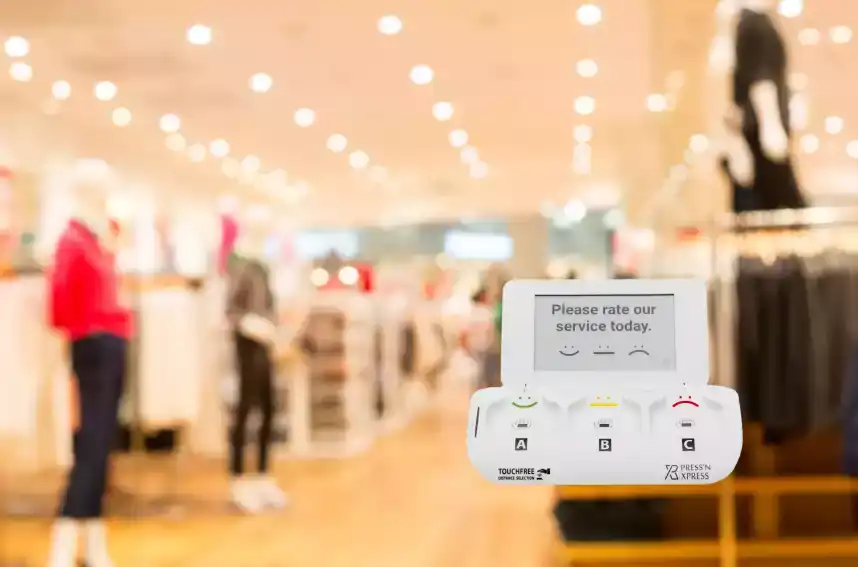
Customer Satisfaction in The Competitive Retail Landscape
The retail industry faces heightened competition, largely driven by the rise of e-commerce. Customers now enjoy more options and greater influence in their shopping choices. Simultaneously, brick-and-mortar retailers are grappling with rising operational costs, including employee wages, real estate, and inventory expenses. To remain agile and efficient, optimizing operations is crucial for these retailers.
Leveraging Data for Operational Efficiency
One effective strategy for retail brands is integrating customer satisfaction data with shopper insights. This approach allows brands to correlate customer experiences with actual shopper behaviors and interactions within the retail environment. By connecting these data sources, retailers can identify key opportunities to enhance the shopper journey and improve operational activities that impact customer experience and loyalty.
The Power of Combined Customer and Shopper Data
Combining customer satisfaction data with shopper insights offers a comprehensive view of retail operations. Customer satisfaction data provides feedback on overall brand interactions, revealing strengths and weaknesses across various touchpoints. Meanwhile, shopper engagement data tracks actual behaviors within the retail environment, offering insights into staff effectiveness, inventory availability, and merchandising execution. By integrating these data sources, retailers can link shopper behaviors to satisfaction scores, uncovering the key drivers of customer sentiment. This holistic approach enables retailers to pinpoint operational inefficiencies and optimize the customer experience, ultimately driving business success.
Understanding Customer Satisfaction
Customer satisfaction data captures feedback on how customers perceive their overall interactions with the brand. This data is essential for identifying strengths and weaknesses across various digital and in-store touchpoints.
Tracking Shopper Engagement
Shopper engagement data monitors actual behaviors as customers interact with the brand and navigate the retail environment. This data provides concrete insights into operational elements such as staff effectiveness, inventory availability, and merchandising execution.
Integrating Data Sources
By layering customer satisfaction data with shopper engagement insights, retailers can link behaviors to satisfaction scores, identifying key drivers of customer sentiment. This integration offers a powerful opportunity to optimize retail operations for maximum business impact.
Benefits of Connecting Customer Satisfaction with Shopper Data
Optimizing Store Performance
Aligning operational data with customer satisfaction scores at the individual store level allows retailers to identify specific areas of opportunity within each location. This can help optimize staffing, merchandising, and inventory management.
Informing Retail Strategy Decisions
Customer satisfaction and shopper data can guide strategic decisions, such as selecting new store locations or planning remodels. Understanding drivers of success and failure can inform these critical choices.
Optimizing Labor Expenditure
Labor represents a significant cost for retailers. Combined data enables store managers to optimize staffing levels, employee placement, and scheduling based on peak traffic patterns and engagement hours identified through shopper tracking.
Comparing Operations Across Stores
Analyzing operational differences across locations helps identify top and bottom-performing stores. Retailers can address weaknesses in lower-performing stores and replicate best practices from high-performing ones.
Assessing Marketing Campaign Effectiveness
Retailers can measure how effectively stores implement marketing campaigns, from inventory availability to merchandising compliance and staff training, using combined data sources.
Identifying Performance Opportunities
Integrated data helps pinpoint specific operational performance issues linked to customer sentiment, such as staffing problems, merchandising execution, inventory stockouts, and store cleanliness.
Testing New Strategies
Physical store locations serve as testing grounds for new strategies. Combined data enables retailers to quantify the impact of pilot initiatives on metrics like customer satisfaction and sales conversion rates, informing broader implementation decisions.
The Role of Customer Experience Platforms
Integrating customer satisfaction and shopper engagement data provides retailers with actionable insights to drive meaningful improvements at both macro and micro levels. As the retail environment grows more complex, leveraging data and analytics will be key to maintaining efficiency and a competitive edge.
A customer experience platform like Press'nXPress offers in-store and digital experience insights, correlating this data with operational metrics to provide an integrated, actionable view. With Press'nXPress, retailers can unlock the level of operational optimization needed to connect the dots between satisfaction and engagement, ensuring a competitive advantage in today's dynamic retail landscape.
Our mission at Press'nXPress is to help our clients improve customer satisfaction by continuously monitoring customer experience. You can reach out to our experts to see how PXP Retail Feedback Solution can benefit your business today! If you have questions or would like to learn more, get in touch. Reach out and talk to us.



